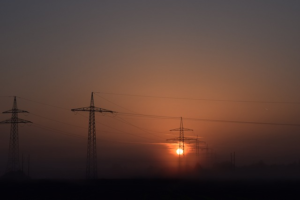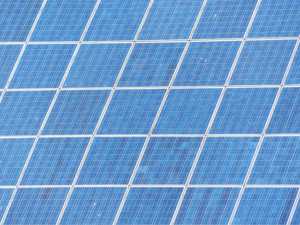
Solar technology in Hemau, Bayern, the world’s biggest aerea for solar energy, Constructed in 2002, … [+]
Getty Images
With Russia’s war in Ukraine worsening a global energy crisis, no less than five new reports have come to similar conclusions about what nations need to do to secure their energy future while hitting climate targets.
In short, governments need to double down on renewable energy, massively improve efficiency, and electrify their economies.
In the most recent report, U.K. think tank Ember revealed that solar and wind power generated 10% of the world’s electricity for the first time last year, suggesting renewable energy has begun to redefine the global electricity system.
With oil and gas prices still at record highs around the world, and the UN secretary-general describing the world’s “addiction” to fossil fuels as “mutually assured destruction,” Ember found that solar electricity generation increased 23% last year, while electricity from wind rose 14% worldwide—a rate of change that could put the world on course to achieve its climate change commitments.
More than 50 countries, including the world’s five largest economies, generated over a tenth of their electricity from wind and solar in 2021. Seven nations, including China, hit that 10% threshold for the first time. Meanwhile, three countries—Denmark, Luxembourg and Uruguay—derived more than 40% of their electricity from wind and solar.
But perhaps most striking was the breadth of the change in electricity generation, with wind and solar deployment now gathering pace in almost every region. Since the outbreak of the coronavirus pandemic in 2020, the Netherlands, Australia and Vietnam saw the largest transformations to their electricity systems, with each nation switching more than 8% of their electricity production from fossil fuels to renewables.
“Ukraine should be the turning point to enable governments to go full throttle on renewable energy investments,” Ember’s global lead Dave Jones told me. “They want homegrown electricity supply; they want to be reducing their reliance on those expensive fossil fuels; the price of [natural] gas has gone up 10 times. So they should be doing everything they can to make the switch.”
Just a day earlier, a report from the International Renewable Energy Agency (IRENA) highlighted the triple threat of high fossil fuel prices, energy security concerns and the urgency of climate change, and made the case for a massive acceleration of clean energy generation, to 40% of the world’s energy mix by 2030.






